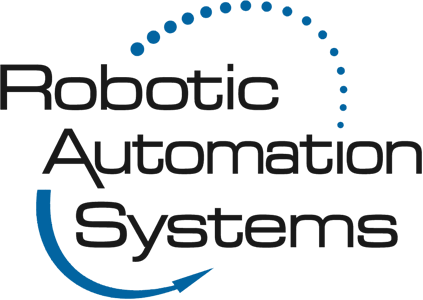Category: Industrial Robots
What Are Cartesian Robots?
Robotic Automation Systems is dedicated to providing cutting-edge automation solutions that streamline manufacturing processes and enhance productivity. Let’s explore the world of Cartesian robots, shedding light on their functionality, advantages, and applications. As one of the leading providers of robotic systems, we understand the significant role Cartesian robots play in revolutionizing industrial…
Everything You Need to Know About Pick and Place Robots
In industrial automation, pick-and-place robots play a crucial role in streamlining production processes. These versatile machines have revolutionized the way items are handled and moved within manufacturing facilities. We will delve into the world of pick-and-place robots, exploring their functionalities, applications, and the benefits they bring to various industries. As always, when…
Exploring The Advantages of Collaborative Robots
In recent years, industrial automation has witnessed a groundbreaking technological advancement: the introduction of collaborative robots, commonly known as cobots. These intelligent machines can work safely alongside human workers, bringing many benefits to the manufacturing sector. At Robotic Automation Systems, we will explore the advantages of collaborative robots and how they are…
Industrial Robots
The most common type of industrial robots are articulated robots. They have an articulated arm that resembles a human arm, and they have joints similar to an elbow, shoulder, or wrist, but they can have up to 10 joints.
These robots have various numbers of axis configurations. Most articulated robots in use today have six axes of movement, also called six degrees of freedom. These robots allow for greater flexibility and…
Industrial robots have become a mainstay of manufacturing worldwide. Their efficiency, versatility, and production capabilities have made them a valuable tool, but with so many different types of robots available, how do you choose the right one for your business? The first step is to understand the main types of robots.
Articulated Robot
The most common robots are articulated robots. They have an articulated arm that resembles a human…
A robotic arm is a programmable mechanical arm that works in a similar manner as a human arm. In recent years, robotic arms have become commonplace in many different industries, and for good reason.
Advantages of Robotic Arms
Quality and consistency-robotic arms are able to provide better production quality with consistent results. They perform the tasks assigned to them the same way every time.
Greater safety-robots can perform…
An articulated robot is the most commonly used industrial robot. It’s also likely the most recognizable. We’ve all seen pictures or movies of the robotic arms reaching out to pick up materials, weld a car body together, or to move items from one conveyor belt to another. They are used in a broad range of industries
Articulated robots have arms with rotary joints that give them the range of motion and the flexibility to be able to perform…
It’s been estimated that 45% of manufacturing production can be automated with robots. In light of this, virtually any manufacturing process can be done by or assisted by robotic automation.
There are several basic types of industrial robots, each variety suited to different purposes. To choose the best fit for your particular manufacturing process, it’s important to understand the different types.
Here’s a brief summary of each…
